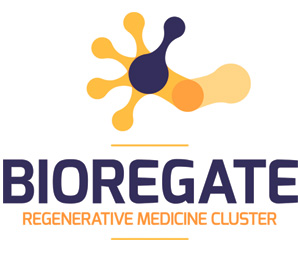Introduction
The dentin extracellular matrix is a reservoir of bioactive molecules sequestered into dentin during dental initial development. They can be released under pathological conditions but also by controlled demineralization with bioactive materials. The purpose of this study was to investigate the ability of a biomedical hydrogel to extract and release these proteins from smashed dentin.
Methods
Smashed dentin was obtained with 2 different kinds of grinders: a blade mill and a zirconia mortar grinder. The particle size was measured by scanning electron microscopy. Dentin powder was incorporated into a silated hydroxypropylmethylcellulose hydrogel. Several types of mixtures with variable parameters were tested. The mixtures were immersed into phosphate-buffered saline. The supernatants were collected, and the total released proteins were quantified by gel shift migration and Coomassie staining. The presence of transforming growth factor beta 1 was investigated by Western blot analysis and the ELISA.
Results
The mixture dentin powder/hydrogel released proteins (from 49.1 μg/mL–137.9 μg/mL according to the mixtures). The release kinetics was growing and started from the first day until stabilization at 14 days. The quantity of released proteins was directly related to the size of the particles and the weight of the powder incorporated into the hydrogel. Gel shift with direct revelation by ultraviolet and Western blot analyses confirmed the presence of transforming growth factor beta 1 using ELISA.
Conclusions
We showed that silated hydroxypropylmethylcellulose hydrogel was able to extract dentin matrix proteins from smashed dentin powder. This mixture could be considered a new way of dental treatment for the dentin-pulp complex and bone regeneration.

